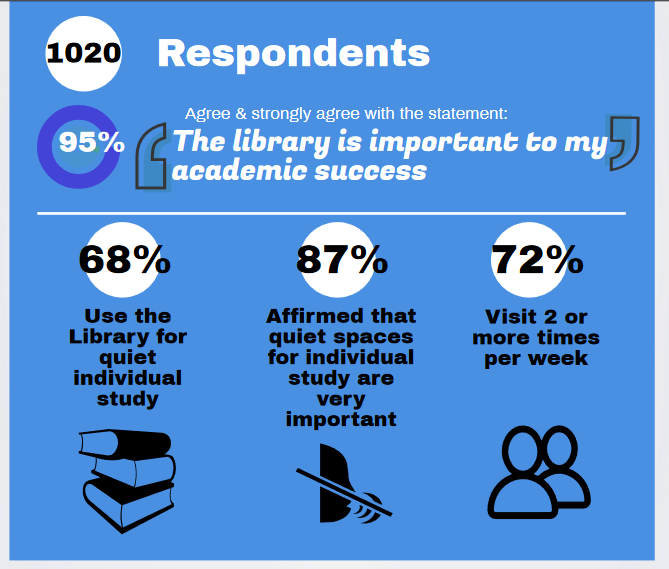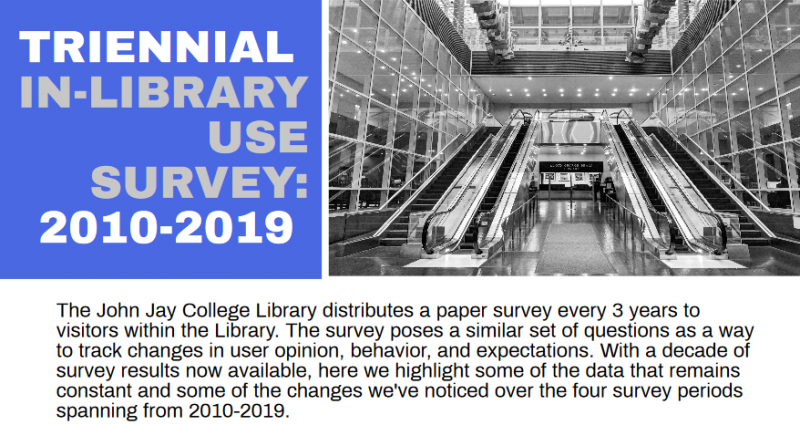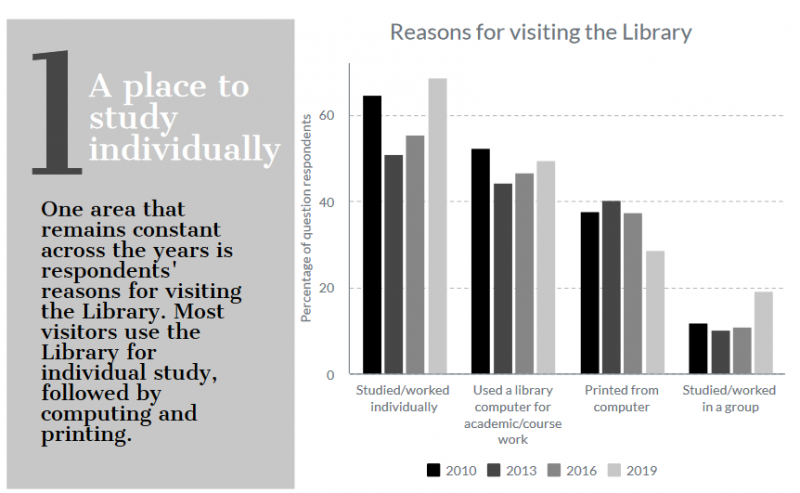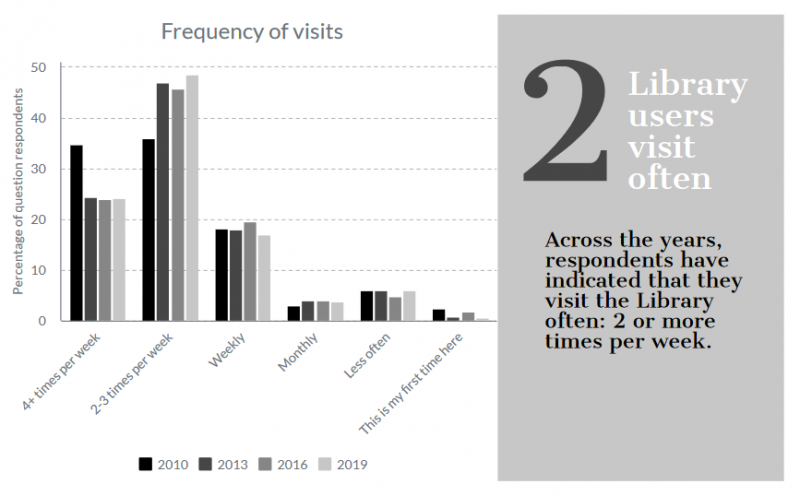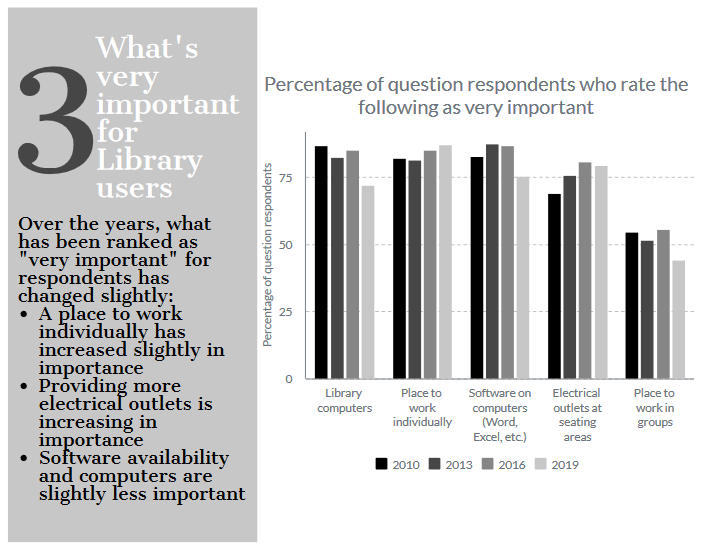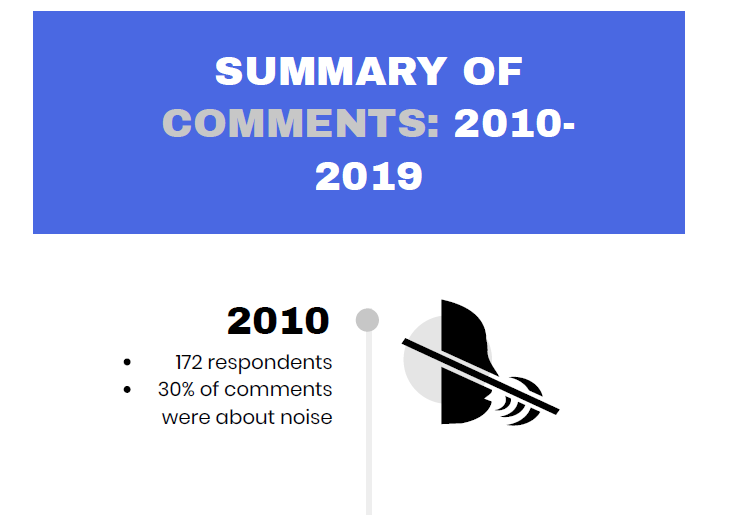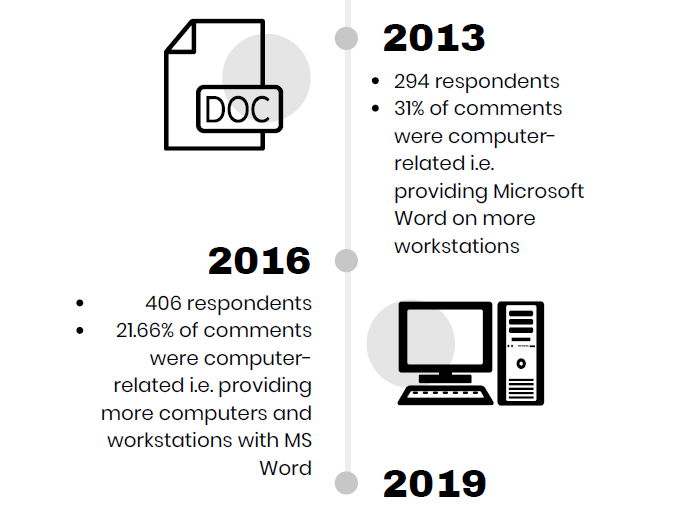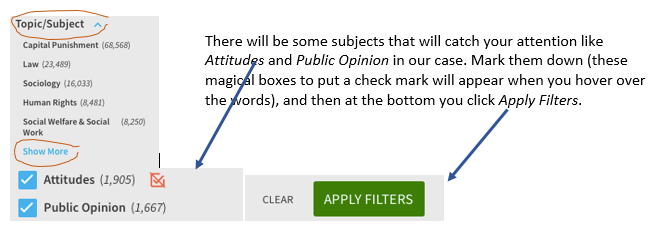Every syllabus I see has a section about plagiarism, with explicit warnings about the punishments plagiarists might expect should they be found out. Every syllabus also highlights citation, with instructions about which format is acceptable. But the connection between the two is couched as, “Cite your sources, or else.”
We all know plagiarism is a mortal sin in academia. I know of one college president who was forced out when it was discovered that he had copied whole cloth sections into his literature review in his Doctorate of Education at the University of Pennsylvania. An anonymous tip to a local newspaper set the scandal in motion, and reporters at the student newspaper consulted Dissertation Abstracts and found even more evidence of misappropriated work (the man had alienated just about everyone on campus anyway). His explanation: the errors must have crept in when he migrated from one citation format to another. This was someone who approved dismissing a foreign student and sending her back to her country for plagiarizing.
Professors bring their classes into the library to learn how to use our resources and how to cite sources. I point out the Citation button on our homepage, and the links to APA, MLA, and Chicago guides. I ask students which format their professor expects them to use, and then ask why it is important that they cite sources. “PLAGIARISM!” is always their answer. So, is that because your professor thinks that you all are lying, cheating, and fundamentally dishonest curs? Few students had looked at it that way.
But avoiding plagiarism is not why a writer must cite sources. The reason, I explain, is so that the reader, in this case the instructor, can follow a writer’s train of thought. The sources cited provide a trail of inquiry into the topic. I point out that the instructor is evaluating students’ thinking as well as writing, and that citations are the only evidence available. Are the conclusions justified based upon the sources consulted? Does the evidence lead to other, equally plausible answers?
Students appreciate this perspective, for it puts a positive spin on their research, rather than an assumption that they are all sinners poised to fall into the hands of an angry professor.
This should be the starting point for any discussion of citation.
Library resources make citation easy. Every database has a link for citations, as do all items in our collection. Click the cite button, and the citation is generated in APA, MLA, or Chicago (some databases offer additional options). These generated citations ought to be accepted for student work, though because they can include errors, students – and faculty – should proofread them before copying and pasting.
Students are not preparing original research for publication; they are submitting a 5-page paper for class. Have they cited their sources? Terrific. Is a comma out of place in the citation? Please.
Related resources:
Library citation guides: https://guides.lib.jjay.cuny.edu/c.php?g=288322&p=1922429
-Jeffrey Kroessler

